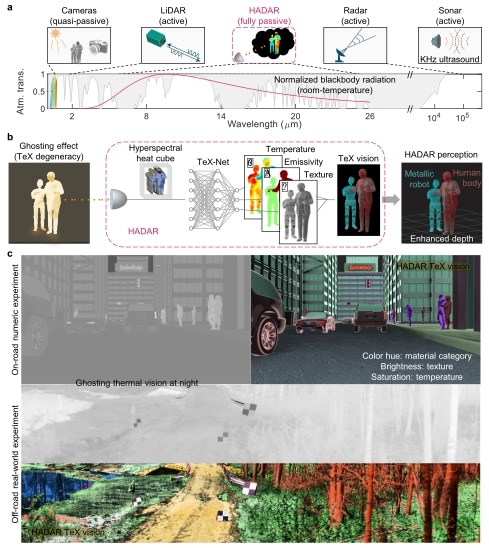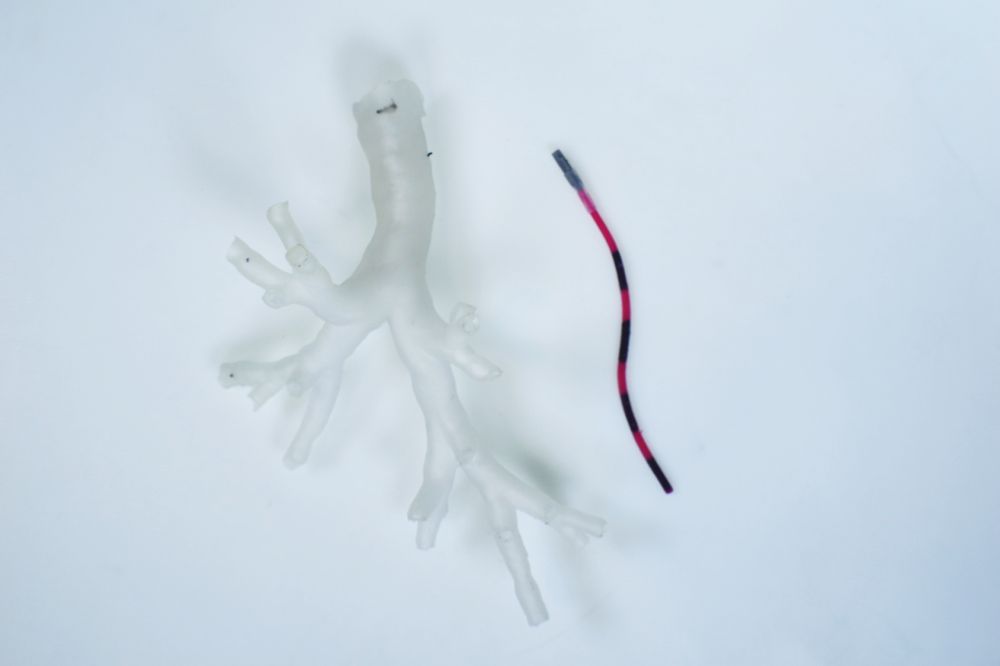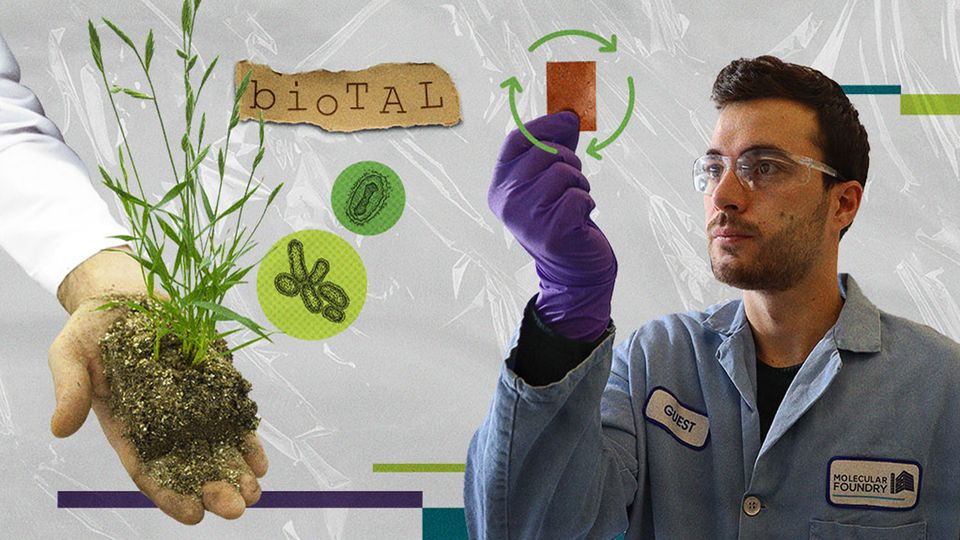
via MSU
Machine perception is like a robot’s ability to understand its surroundings using sophisticated sensors.
The latest versions of these use technologies like sonar, radar, and LiDAR in addition to cameras, but it gets tricky when there are too many smart devices or ‘agents’ involved. The idea of using heat signals, which are everywhere, might help simplify this. The problem with heat signals is that they give blurry images, famously called the ‘ghosting effect,’ because objects and their surroundings are always giving off and scattering heat. This means that thermal vision isn’t very specific and has difficulty measuring distance, which is essential for navigation, even when paired with artificial intelligence (AI).
In this paper, we’re suggesting a new technology we call HADAR (Heat-Assisted Detection And Ranging) that can overcome these problems. Not only can HADAR see details and depth in the dark as if it were daytime, but it can also perceive more physical features than traditional color (RGB) or thermal vision can. This could help develop a machine perception that’s more aware of the physical laws at play and doesn’t need any help to operate. We’ve worked out the theory behind HADAR and figured out its limits based on the fundamental nature of light. When used at night, HADAR’s ability to measure distances is better than thermal vision and almost as good as color vision in daylight. Our automated HADAR technique also sets a new standard for temperature accuracy, surpassing current techniques. This breakthrough could spark major advancements in the Fourth Industrial Revolution, like autonomous navigation and better interactions between humans and robots.
Now, speculating on the potential impacts of this technology:
1. Autonomous Navigation: With HADAR’s capability to provide detailed vision in darkness and accurately measure distances, it could revolutionize autonomous navigation systems. This might mean safer self-driving cars that can operate efficiently at any time of day or night, and in various weather conditions.
2. Improved Human-Robot Interaction: By perceiving physical attributes beyond the current capabilities, robots could interact more naturally with humans and their environment, making them more integrated into our daily lives.
3. Industry 4.0: As Industry 4.0 involves the integration of automated, intelligent systems, HADAR could potentially enable new levels of automation in industries like manufacturing, logistics, and more.
4. Surveillance and Security: The technology could provide better nighttime surveillance capabilities, potentially increasing security in various contexts.
5. Search and Rescue: HADAR could prove incredibly useful in nighttime or low-visibility search and rescue operations, potentially saving more lives.
6. Environmental Monitoring: It could revolutionize temperature monitoring and data gathering in environmental studies, aiding in climate change research and other environmental studies.
Original Article: Heat-Assisted Detection and Ranging
More from: Michigan State University | Purdue University
The Latest Updates from Bing News
Go deeper with Bing News on:
HADAR
- Panax Offers AI-powered Cash Flow Management Platform, Secures $15M to Scale and Meet Rapidly Growing Global Demand
Press Release Amid high-interest rates and cash uncertainty, finance teams are struggling to proactively manage complex cash flow, liquidity and financial risks. Panax offers an AI-driven cash flow ...
- Yakin Isra'ila da Hamas na janyo kalubale
Jami'ar The Free ta Brussels a kasar Beljiyam ta yanke shawarar kawo karshen duk wani aikin hadin gwiwa na bincike da take da Isra'ila da suka hadar da na fannin ilimin kirkirarriyar basira.
- Tel Aviv cancels annual Pride Parade out of respect for hostage situation
Tel Aviv will not hold its annual Pride Parade next month, the city’s mayor announced Wednesday, canceling the normally exuberant celebration of LGBTQ life in the famously open city out of deference ...
- The Antisemitism Bill That Passed the House Would Endanger American Jews
L ast week, the House of Representatives passed the Antisemitism Awareness Act. But American Jews who care about fighting antisemitism should be against it.
- BrainsWay Reports First Quarter 2024 Financial Results and Operational Highlights
Generated Significant 37% Year-over-Year Revenue Growth in Q1 2024Recorded Positive Quarterly Net Income for Second Consecutive Quarter, and ...
Go deeper with Bing News on:
Heat-Assisted Detection And Ranging
- A look at some early draft projections for Heat and what analysts say on Miami’s options
But as long as Bam Adebayo is on the Heat, it’s an improbable pairing. Erik Spoelstra likes to play Adebayo only alongside power forwards with three-point range. And Edey, for everything else ...
- 32 times lasers revealed hidden forts and settlements from centuries ago
One laser technology that is particularly good at discovering new sites is lidar (light detection and ranging). In this technique, pulsed lasers are emitted (usually from an aircraft) and the ...
- Aero-X Thermac E-Type Heat Detector
The Aero-X® Thermac detector is a heat sensitive electrical switch. It is a fixed temperature device with a factory pre-set temperature in the range 60°C to 240°C. The detector comprises a pair of ...
- Beating the Heat: Keeping Employees Safe Amid Rising Temperatures through Education and Training
Employers must proactively protect workers from changing heat conditions by allocating training budgets, providing effective resources, and addressing overall employee health.
- Heat take Game 2 from Celtics with stunning performance from 3-point range, and other observations
When Heat superstar Jimmy Butler was ruled out of ... The problem for the Celtics was that the long-range surge did not stop. ⋅ Tatum had a scorching start, pouring in 10 points in the first ...









